Benefits of Public Spaces for Those Who Think They Are Not Benefiting from Them
Everyone agrees that public space is essential for cities. Many studies have also proven its importance and benefits. As a collective urban society, public space is a very important infrastructure in accommodating social interactions, being a community space, forming city identity, and its environmental function to become the mini “lungs” of the city. However, as an individual, in a buzzing and individualistic environment, maybe some (if they happen to have the time) would think, well, maybe public space is indeed important for many, but I do not feel I as a person really need it. In fact, public spaces still have at least one or two benefits for everyone—yes, even if one is not the type that gathers with people, goes out to wander, or exercises outdoors.
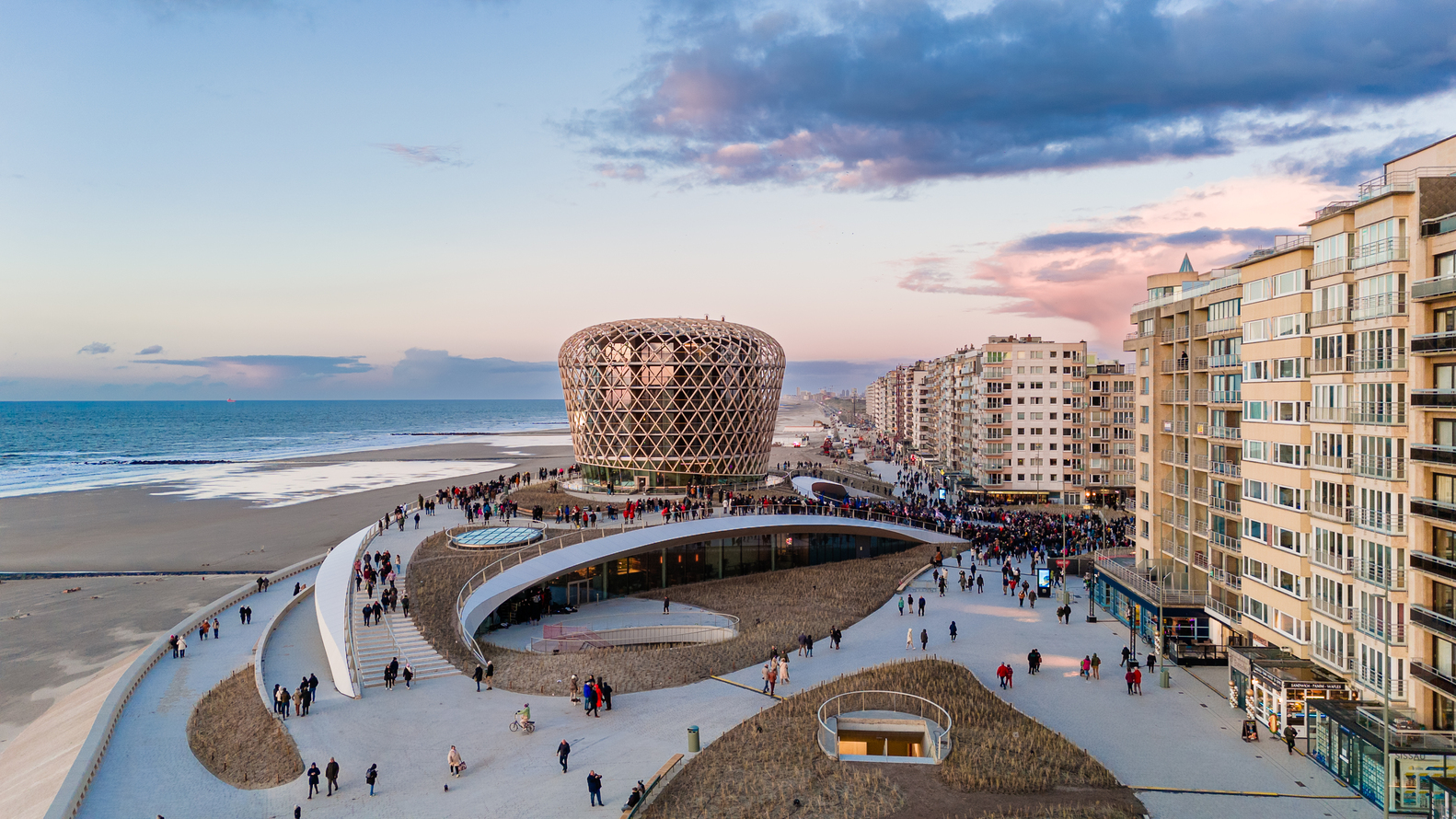 Silt Middelkerke by architectural studio ZJA + Bureau Bouwtechniek + OZ + DELVA Landscape Architecture (cr: Stefan Steenkiste)
Silt Middelkerke by architectural studio ZJA + Bureau Bouwtechniek + OZ + DELVA Landscape Architecture (cr: Stefan Steenkiste)
First, one of the many human needs is a sense of security. Public spaces are generally filled with various people and activities. Referring to the famous urbanist Jane Jacobs who coined the old yet still applicable concept of “eyes on the street,” explains that where there are crowds, there will also be a safer place. It is because humans are naturally drawn to the activity they find on a lively street, and if someone experiences trouble in a crowded area, there are eyes around who will see, ready to assist and protect. More eyes on the street means more surveillance. So, if someone walks down the street by themself, even if they do not have the time to watch or examine others, the eyes in the public space are still beneficial for them.
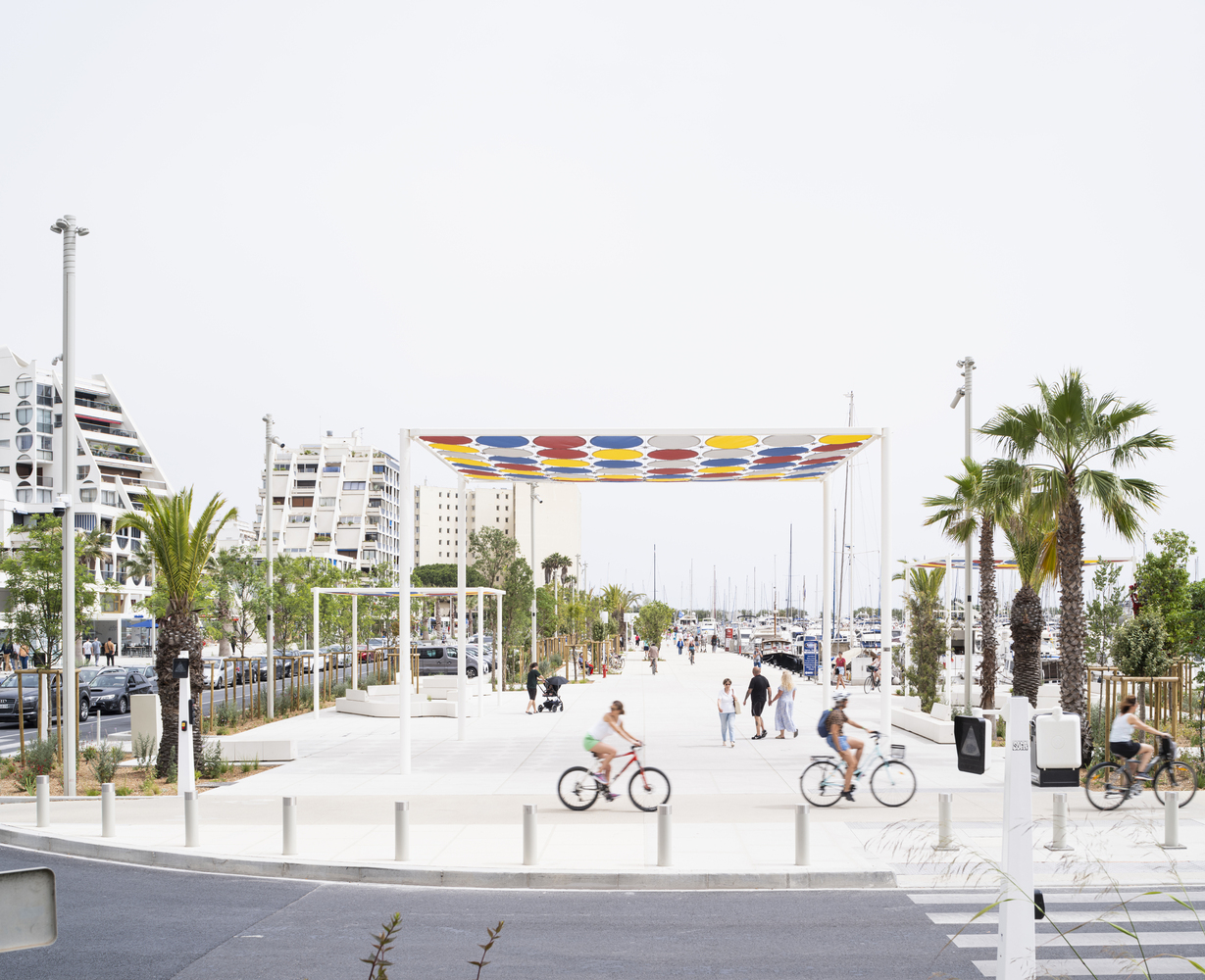 La Ballade Promenade by Leclercq Associés (cr: Permitin Andrey)
La Ballade Promenade by Leclercq Associés (cr: Permitin Andrey)
Next, perhaps some do not realize it and take it for granted, but the existence of public spaces such as parks, pedestrian walkways, squares, etc. actually “beautifies” their daily travel to and from work. While driving, one sees a bustling square. While heading to the bus stop, one walks through a green park. Without those well-designed public spaces, they only see rows of concrete buildings, dead empty spaces, or deserted roadsides. Indirectly, the existence of public spaces—although it might not reduce the stress—at least produces a good-looking living environment that does not exacerbate the existing stress.
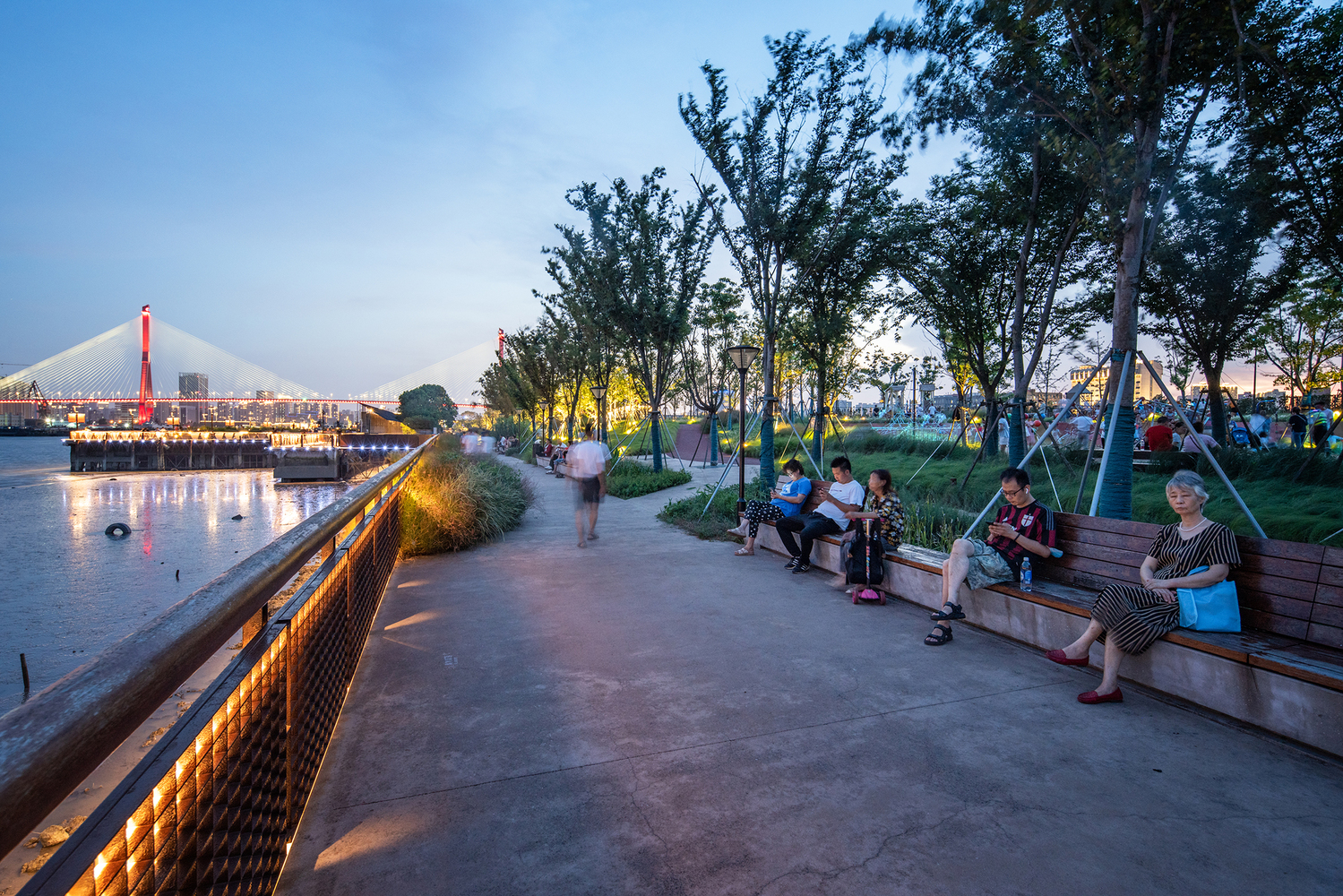 Yangpu Riverside Public Space by Da landscape (cr: Xiaohui Jin)
Yangpu Riverside Public Space by Da landscape (cr: Xiaohui Jin)
Lastly, public spaces are—supposedly—free and exist for anyone, anytime. Public spaces give access for all to “a space.” Some people might feel like they do not need it right now, but the space’s existence provides the reassurance that there is at least somewhere they can go at no cost, just in case, or just because.




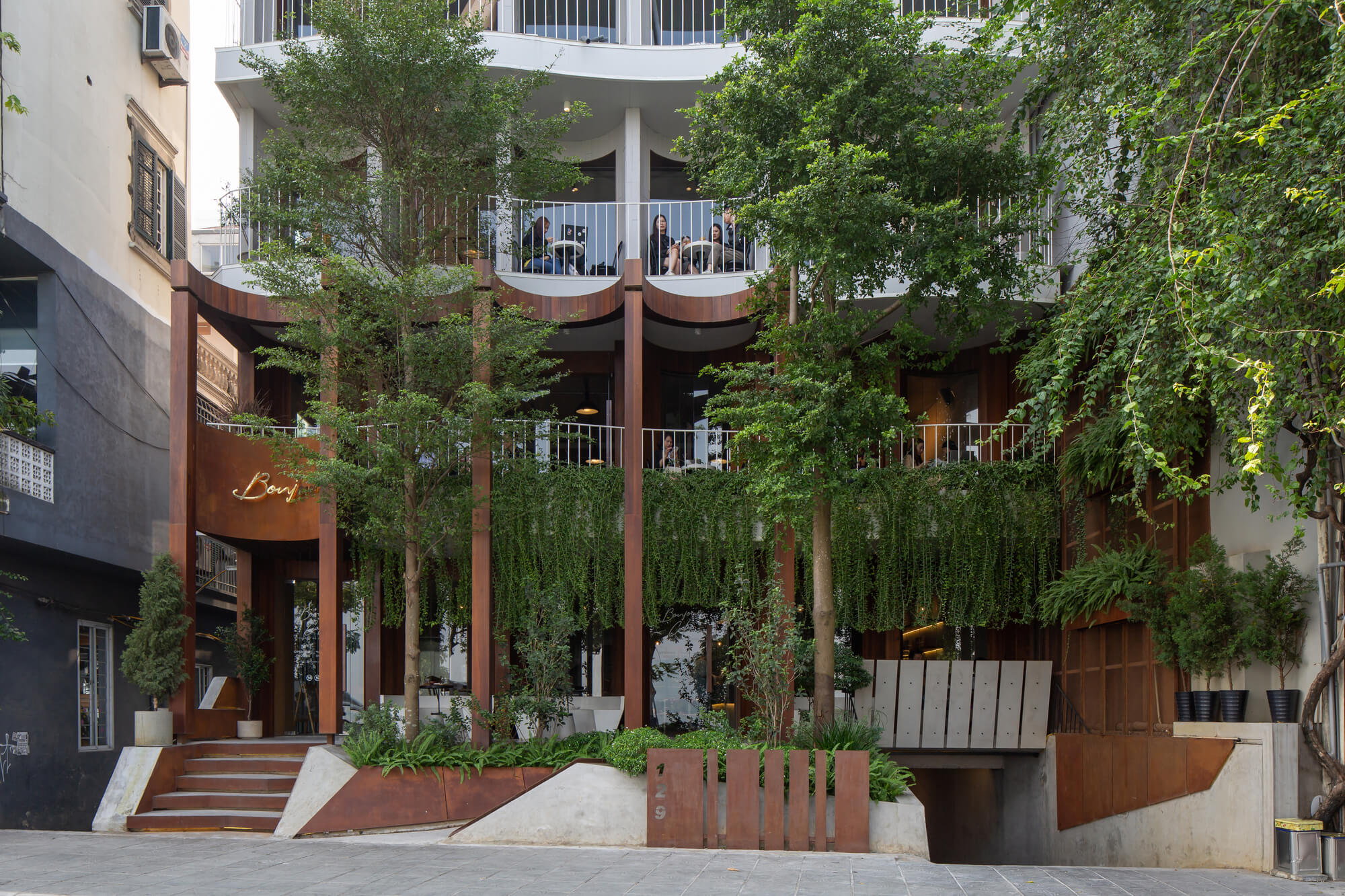


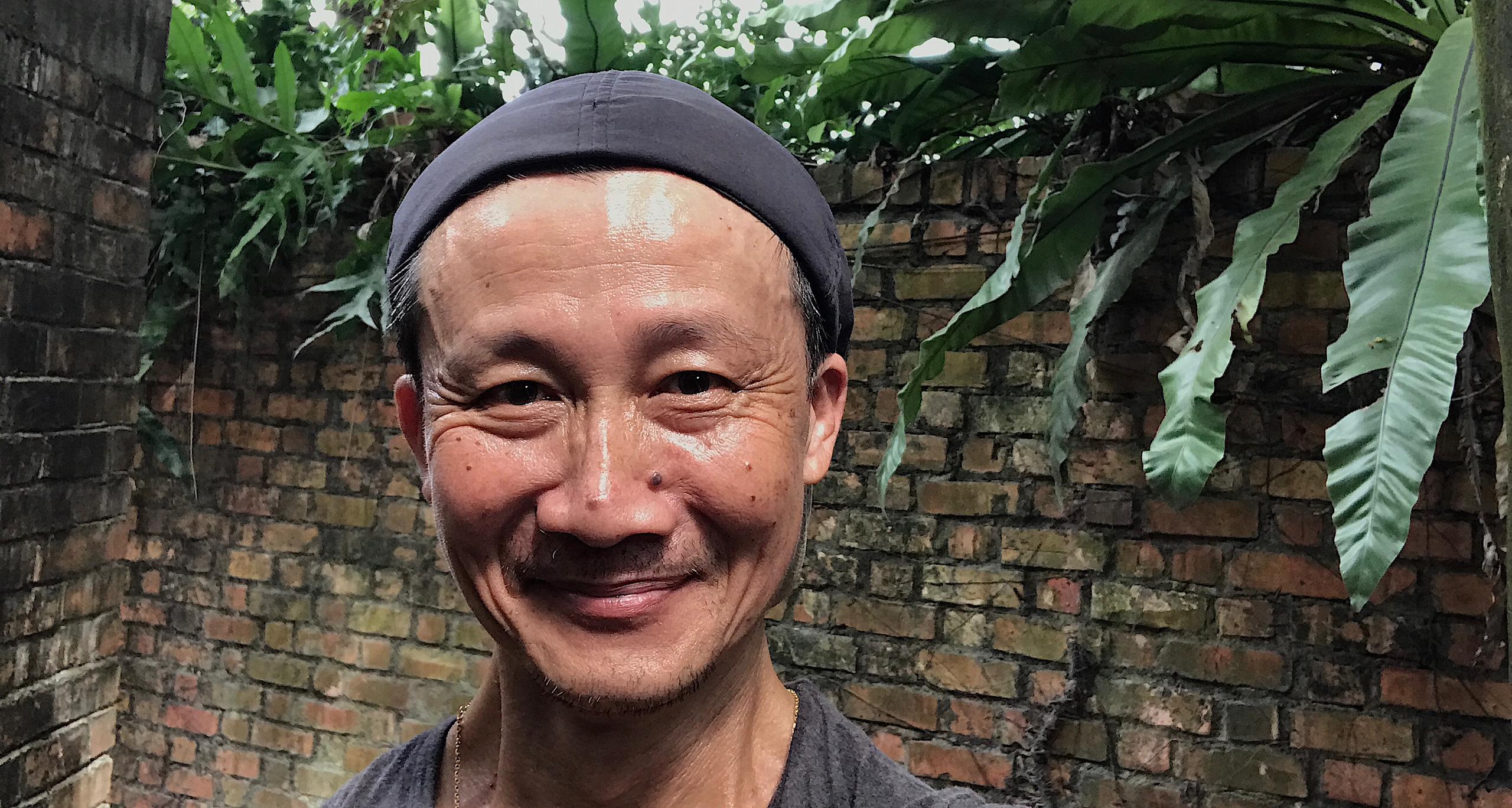
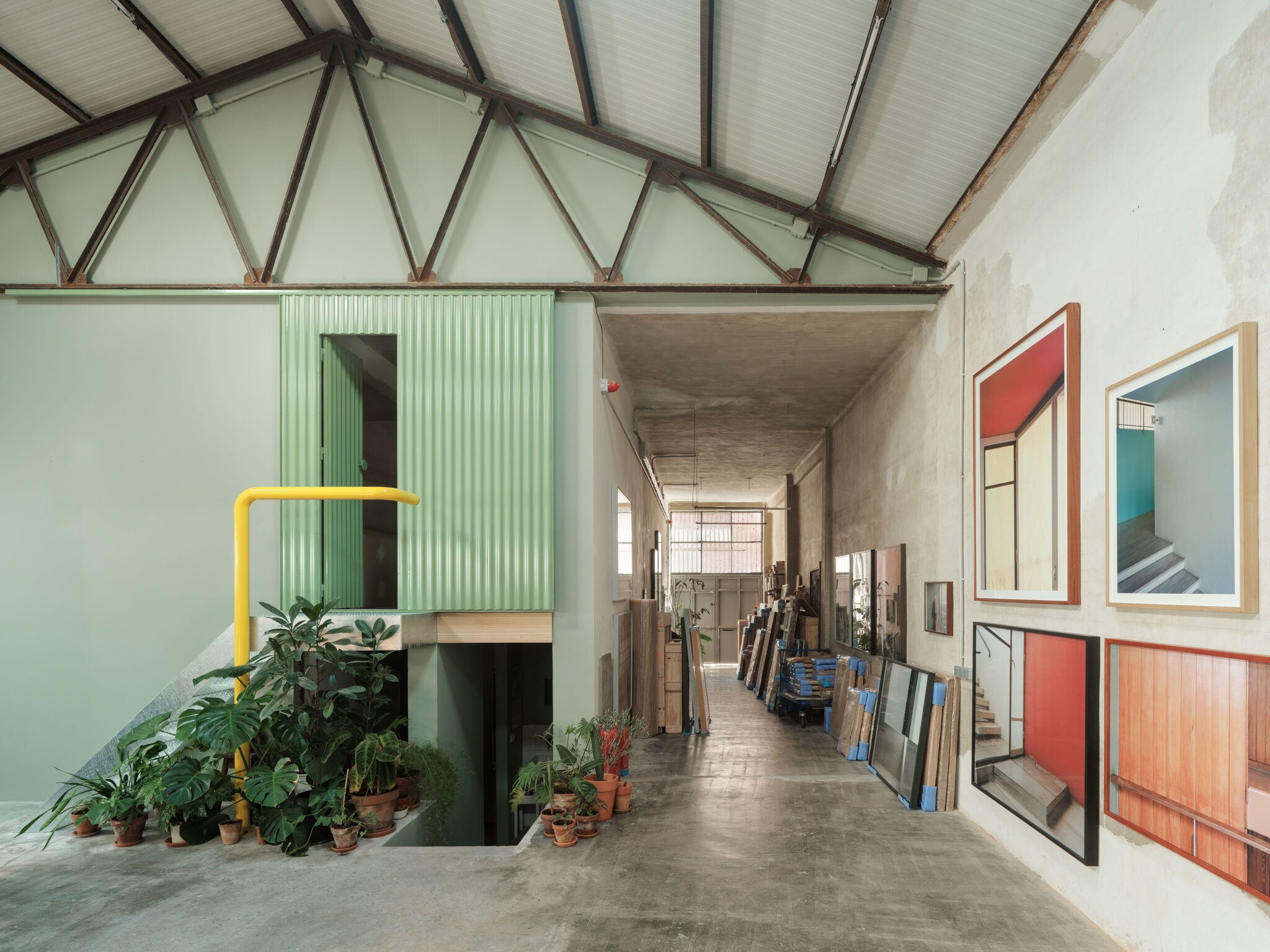
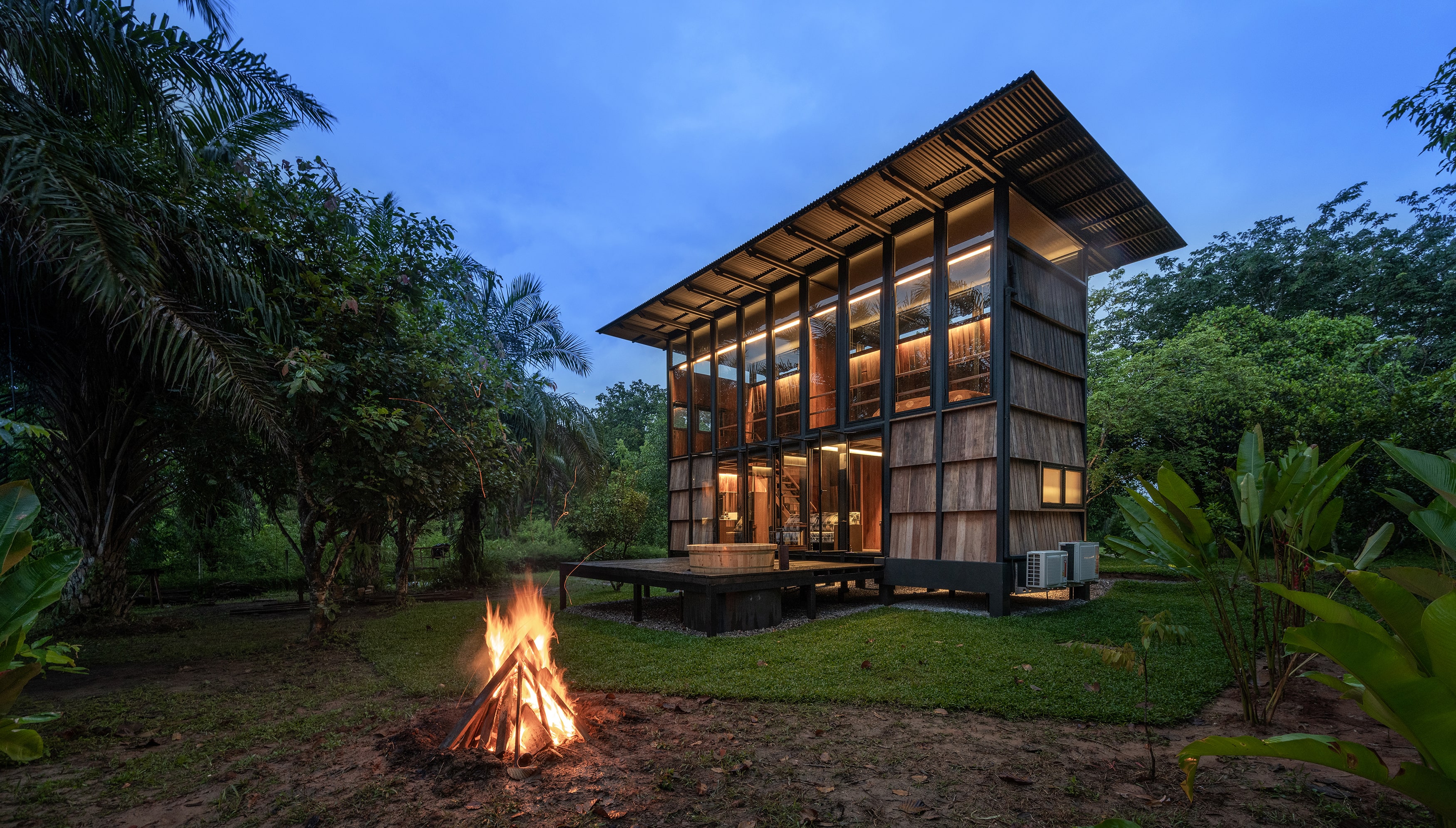
Authentication required
You must log in to post a comment.
Log in